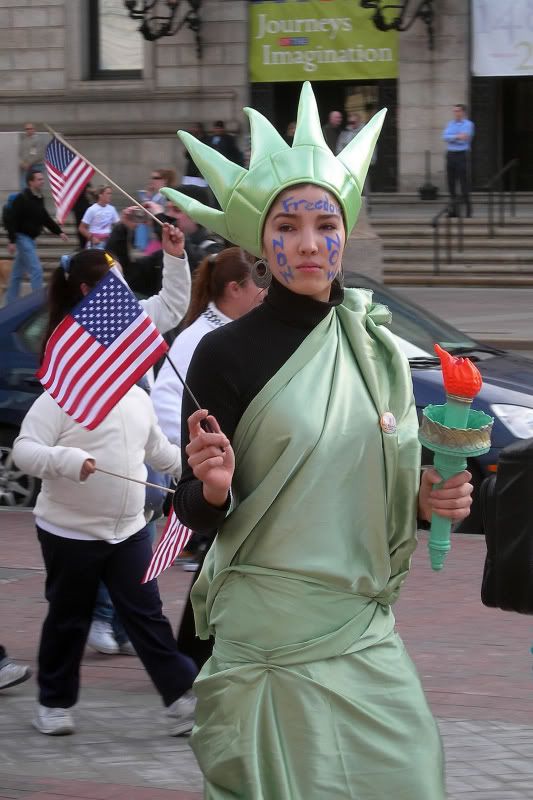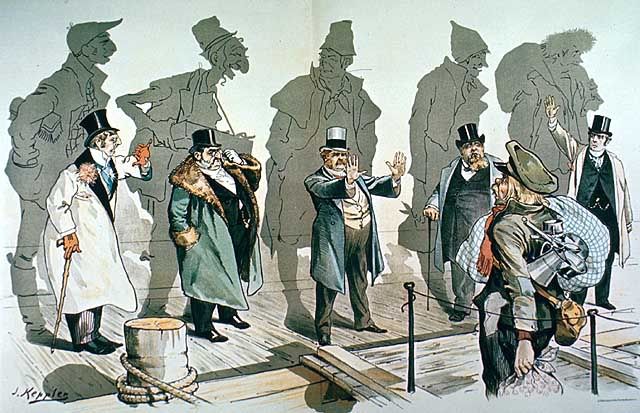
I published a post almost a year ago regarding family-based green card fees and costs in the CNMI. A few things have happened since then, and so I’ve decided to slightly update the numbers.
| GREEN CARD FEES & COSTS | |||
|---|---|---|---|
| Form | Required with Form | Fee/Cost | |
| I-130 | Petition for Alien Relative | • Evidence of relationship (e.g., marriage certificate, joint account information, etc.) • If previously married, evidence of termination of marriage • 1 passport photo • G-325A biographical info | $355 |
| I-485 | Adjustment to Permanent Status Application | • G-325A biographical info • Copy of passport • Copy of CNMI immigration permit • Birth certificate • 2 passport photos • Police clearance or, if criminal history, provide evidence • I-693 Medical report • fingerprinting fee | $930 $80 |
| I-864 | Affidavit of Support for Immediate Relative | • Most recent tax filing (w/ W2 form) | -- |
| Total USCIS Fees | $1,365 | ||
| Costs | |||
| Medical exam for I-693 report | Estimate only. Prices range based on what tests are needed for the applicant. | $600 | |
| Attorney | Estimate only. Fees vary. | $1,000 | |
| Total Est. Costs | $1,600 | ||
| GRANT TOTAL (USCIS FEES & COSTS) | $2,965 | ||
A major change is the removal of airfare (for two) to Guam. Family-based green card applicants can now have their interviews conducted in Saipan at the recently-opened Application Support Center in the TSL Plaza, Beach Road in Garapan. USCIS has already scheduled numerous appointments, and I have already attended two green card interviews for my clients.
More attorneys are gearing up for the increase in immigration clients. See the previous post on the recent immigration workshop. While I kept the estimated attorney fees the same at $1,000, there seems to be a wider range of prices, and those too seem to be constantly changing.
I have heard medical exam fees decreasing a bit, which is why I lowered the estimated costs. You can run a search of authorized health care providers on the USCIS website here, by zip code. Here is the current list that is generated when typing 96950 for the CNMI:
| Dr. Ahmad Al-Alou, Pacific Medical Center P.O. Box 501908 CK, Saipan, MP 96950 (670) 233-8100 |
| Dr. Anthony R. Stearns, Marianas Medical Center PO Box 506 CHRB, Saipan, MP 96950 (670) 234-3925 |
| Dr. Christine Brown, Island Medical Center P.O. Box 504669, Saipan, MP 96950 (670) 235-8880 |
| Dr. Richard Brostrom, Commonwealth Health Center P.O. Box 409 CK, Saipan, MP 96950 (670) 234-8950 |
| Dr. Tiffany L. Willis, Marianas Medical Center P.O. Box 5006, CHRB, Saipan, MP 96950 (670) 234-3925 |
Top image entitled “Liberty for immigrants' rights” by philocrites and published under an Attribution NonCommercial Creative Commons license.









